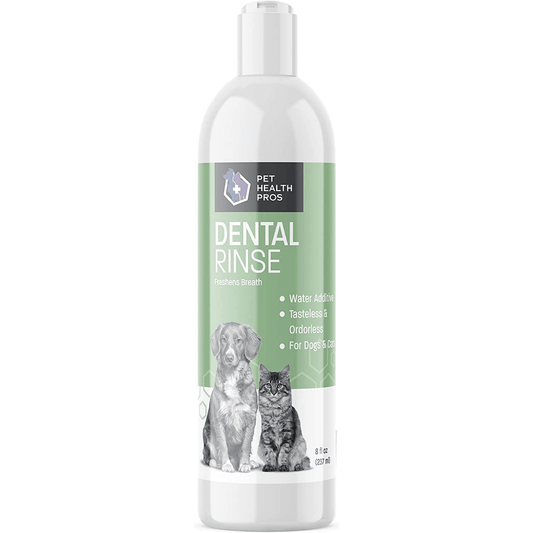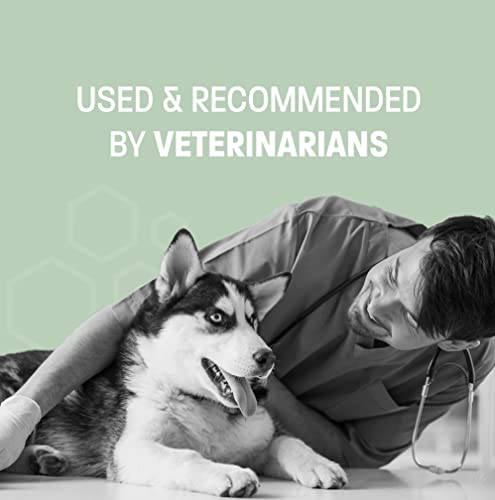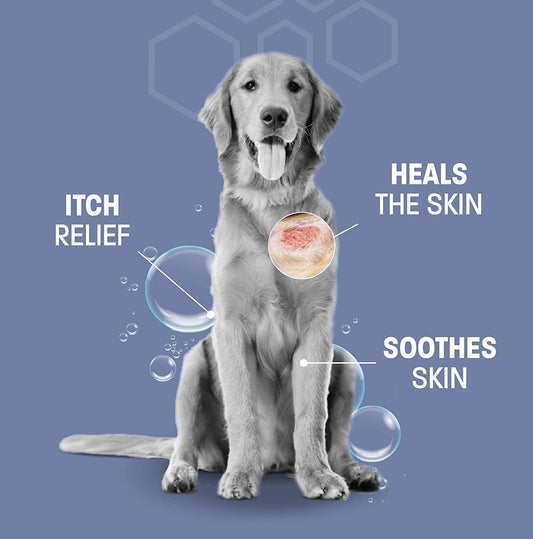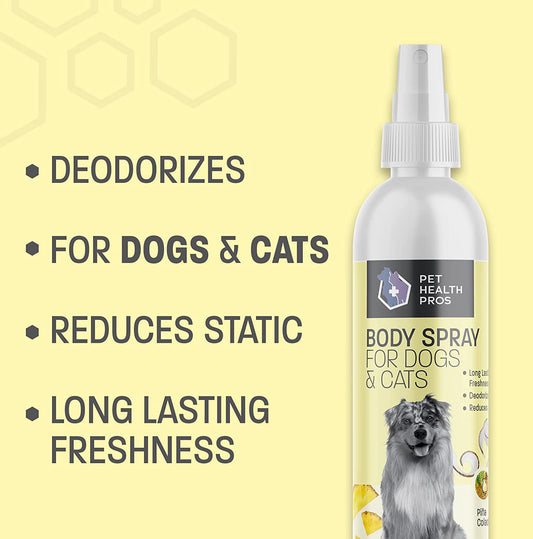Taking your pet to the emergency vet can be stressful. You might feel overwhelmed and worried about your furry friend's health. But knowing what to expect can make the experience a bit easier. This guide will walk you through the process, so you know exactly what happens during an emergency vet visit and how to prepare.
Key Takeaways
- Recognize signs that your pet needs urgent care and head to the emergency vet without delay.
- Gather important information about your pet's health to bring with you to the vet.
- Expect an initial assessment and triage upon arrival, followed by some paperwork.
- Be prepared for various diagnostic tests and treatment options, depending on your pet's condition.
- Understand the costs involved and discuss payment options with the vet staff.
Understanding the Importance of an Emergency Vet Visit
Recognizing When It's Time to Go
Knowing when to rush your pet to the emergency vet can be tricky, but it's vital for their health. Recognizing sudden changes in your pet's behavior or physical condition is key. For instance, if your dog stops eating or drinking out of the blue, it might be time to seek help. Persistent vomiting or diarrhea can also be a sign of something serious, like a gastrointestinal infection. Being aware of these symptoms can help ensure timely care for your furry friend. Learn more about recognizing these signs.
Common Emergencies Requiring Immediate Attention
There are several emergencies that require immediate veterinary attention. Here are some common ones:
- Severe bleeding or injury
- Difficulty breathing
- Ingesting toxic substances
If you notice any of these issues, don’t hesitate. Quick action can make a huge difference in your pet’s recovery.
The Role of Emergency Veterinary Services
Emergency veterinary services are there to handle those unexpected, critical situations. They provide immediate care and are equipped to deal with a wide range of emergencies. From stabilizing a pet in shock to performing emergency surgery, these services are crucial. Having access to such care can be lifesaving for your pet.
It's always better to be safe and get your pet checked out if you're unsure about their condition. Trust your instincts and don’t wait too long to make a decision.
Preparing for Your Emergency Vet Visit
Gathering Essential Information
Before rushing to the emergency vet, it's important to collect all the necessary details about your pet's health. Make sure you have your pet's medical history handy, including any medications they're currently on. Also, note any recent changes in behavior or diet, as these can be crucial for the vet's assessment. If you use a service like Pet Genius, you can easily access your pet's profile for this information.
What to Bring with You
When heading out, pack a small bag with essentials. Here's a quick list:
- Medical records: Bring any recent vet records or vaccination certificates.
- Medications: Pack any medications your pet is taking.
- Comfort items: A favorite toy or blanket can help soothe your pet.
Calming Your Pet During the Journey
Traveling can be stressful for your pet, especially in an emergency. Try to keep the environment calm. Speak softly and reassuringly to your pet. You might want to play some gentle music or use a pet carrier that they're familiar with. Remember, your calm demeanor can help keep your pet relaxed.
"Keeping your pet calm during the trip to the vet can make a big difference in how they cope with the situation."
By preparing in advance, you can ensure that your emergency vet visit goes as smoothly as possible, minimizing stress for both you and your furry friend.
What to Expect Upon Arrival at the Emergency Vet
Initial Assessment and Triage
When you first arrive at the emergency vet, your pet will undergo an initial assessment. This is a quick check to determine the urgency of their condition. Emergency staff prioritize cases based on severity, so don't be alarmed if a pet that arrives after you is seen first. The vet team will assess vital signs and ask about symptoms to decide the next steps.
Paperwork and Pet History
While your pet is being assessed, you'll need to fill out some paperwork. This typically includes providing your pet's medical history and any recent changes in behavior or health. Be ready to share details about medications, allergies, and past medical issues. This information is vital for the vet to make informed decisions.
Waiting Times and What They Mean
Waiting times can vary depending on the number of emergencies being handled. It's important to remain patient as the vets must attend to the most critical cases first. Use this time to calm your pet with familiar items like toys or blankets. Remember, the staff is working hard to ensure every pet receives the care they need as promptly as possible.
Understanding the process and being prepared can make a stressful situation more manageable. Stay calm and focus on the well-being of your pet while the professionals do their best to help.
Diagnostic Procedures and Treatments During an Emergency Vet Visit
When you rush your pet to an emergency vet, it's normal to feel anxious about what comes next. Understanding the diagnostic procedures and treatments can ease some of that stress. Here's what you might expect during the visit.
Common Diagnostic Tests
Emergency vets use a variety of tests to quickly assess your pet's condition. Some of the most common include:
- Blood Tests: These help identify infections, organ function issues, or metabolic disorders.
- X-rays and Ultrasounds: Essential for viewing internal injuries or abnormalities that aren't visible externally.
- Urinalysis: Provides insight into kidney function and can indicate infections or other health issues.
These tests are vital for forming a clear picture of your pet's health status.
Understanding Treatment Options
Once the vet has a diagnosis, they'll discuss treatment options with you. Treatments can range from medication to surgery, depending on the severity of the situation. For minor issues, medication might be all that's needed. In more serious cases, surgery or more intensive care could be required.
Discussing Prognosis and Next Steps
After diagnosing and deciding on a treatment plan, the vet will talk to you about your pet's prognosis and the next steps. This discussion is crucial as it helps you understand what to expect in terms of recovery and any long-term care your pet might need.
It's important to ask questions and express any concerns you have during this conversation. Vets are there to help guide you through the process and provide the best care for your pet.
In emergencies, having a clear understanding of the procedures and treatments can make a world of difference in managing the situation effectively. Regular annual vet exams can also help catch potential health issues early, ensuring your pet stays healthy and happy.
Costs and Payment Options for Emergency Vet Visits
Understanding the Cost Structure
When your pet is in need of emergency care, the costs can add up quickly. Emergency vet visits often come with a higher price tag than regular appointments because of the immediate and critical nature of the services. The total cost can depend on various factors, such as the type of treatment required, the time of day (after-hours services can be more expensive), and the specific veterinary clinic's pricing policies.
Here's a quick breakdown of potential costs:
- Consultation Fees: These are the fees for the initial examination and assessment.
- Diagnostic Tests: Costs for tests like X-rays, blood tests, or ultrasounds.
- Treatment or Surgery: Depending on the severity, treatments could range from medication to surgical interventions.
Insurance and Payment Plans
Having pet insurance can significantly ease the financial burden of emergency vet visits. Pet insurance typically covers a portion of the costs related to accidents, illnesses, and sometimes routine care. It's essential to check what your policy includes and any deductibles or limits.
Many veterinary clinics also offer payment plans to help manage expenses. These plans might allow you to spread out payments over several months, making it more manageable to handle unexpected bills.
Discussing Financial Concerns with the Vet
Don't hesitate to talk openly with your vet about financial concerns. They can often provide a detailed estimate of the costs involved and might suggest alternative treatment options that fit your budget better. It's crucial to understand all potential costs upfront to avoid surprises.
Remember, your vet is there to help both you and your pet. Being upfront about financial limitations can lead to finding the most practical and effective treatment plan.
Aftercare and Follow-Up After an Emergency Vet Visit
Post-Visit Care Instructions
After an emergency vet visit, taking care of your pet at home is crucial. Follow the vet's instructions carefully to ensure a smooth recovery. This might include administering medications at specific times, monitoring your pet's behavior, and keeping them comfortable. It's also important to adjust their diet if advised, ensuring they get the right nutrients to heal properly.
Scheduling Follow-Up Appointments
Once your pet is back home, it's essential to schedule any follow-up appointments recommended by the vet. These visits are vital for checking your pet's progress and making necessary adjustments to their treatment plan. Keep a record of any changes in your pet's condition to discuss during these follow-ups.
Monitoring Your Pet's Recovery
Keep a close eye on your pet's recovery process. Look for signs of improvement or any potential setbacks. If something seems off, don't hesitate to contact your vet. It’s better to be cautious and ensure your pet is healing as expected. Regularly check their wound (if any) for signs of infection and ensure they are eating and drinking normally.
Recovery can be a slow process, and it's important to be patient and attentive. Your pet relies on you for a safe and nurturing environment during this time.
For more on proper pet care, including emergency situations, this comprehensive guide can provide additional insights into ensuring your pet's well-being.
After your pet's emergency vet visit, it's important to keep a close eye on their recovery. Make sure to follow any care instructions given by the vet. If you notice anything unusual, don’t hesitate to reach out to your vet for advice. For more tips on how to care for your pet after a vet visit, visit our website!
Conclusion
Wrapping up, an emergency vet visit can be a stressful experience, but knowing what to expect can make it a bit easier. From the moment you walk in, the staff is there to help your pet get the care they need. You'll likely fill out some forms, and then a vet will examine your pet to figure out what's going on. They might run some tests or start treatment right away. It's important to ask questions if you're unsure about anything. Remember, the goal is to get your pet back to feeling their best. So, while it might be a bit overwhelming, you're doing the right thing by getting them the help they need. Keep calm, and trust the professionals to guide you through the process.
Frequently Asked Questions
What should I do if my pet has an emergency at night?
If your pet has an emergency at night, try to stay calm and contact an emergency vet clinic immediately. Many clinics have 24-hour services or can direct you to the nearest open facility.
How can I tell if my pet needs to see an emergency vet?
Signs that your pet may need emergency care include difficulty breathing, bleeding, seizures, or sudden weakness. If you're unsure, it's best to err on the side of caution and call a vet.
What information should I bring to the emergency vet?
Bring your pet's medical records, a list of any medications they are taking, and details about the current emergency. This information helps the vet provide the best care possible.
How much will an emergency vet visit cost?
The cost of an emergency vet visit can vary widely depending on the situation and required treatments. It's a good idea to ask about costs upfront and discuss payment options if needed.
Will I have to wait a long time at the emergency vet?
Waiting times can vary based on the number of patients and severity of cases. Critical cases are seen first, so it's important to be patient and understand that the vet team is working hard to help every pet.
What happens after the emergency vet visit?
After the visit, the vet will give you care instructions for your pet. Follow-up appointments may be needed to ensure your pet is recovering well.









